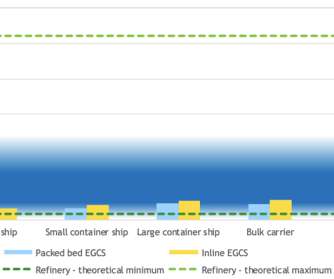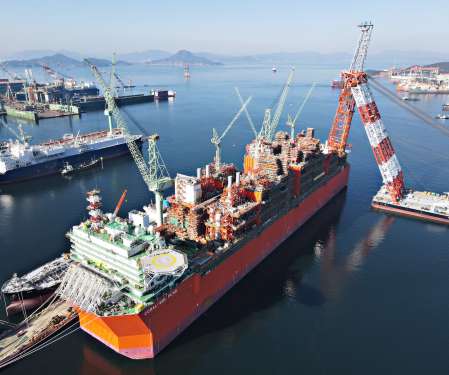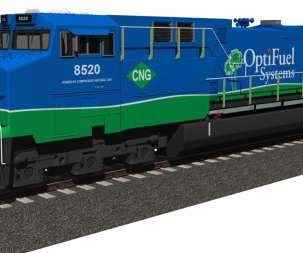Study finds scrubbers have lower climate impact than low-sulfur fuel
Green Car Congress
SEPTEMBER 28, 2020
A recent report from CE Delft, an independent research and consultancy organization, regarding the climate impact of Exhaust Gas Cleaning (EGC) systems for the marine industry. The study compares the results to the use of low-sulfur marine fuels and is made from a well-to-wake perspective in order to achieve an accurate comparison.


















Let's personalize your content